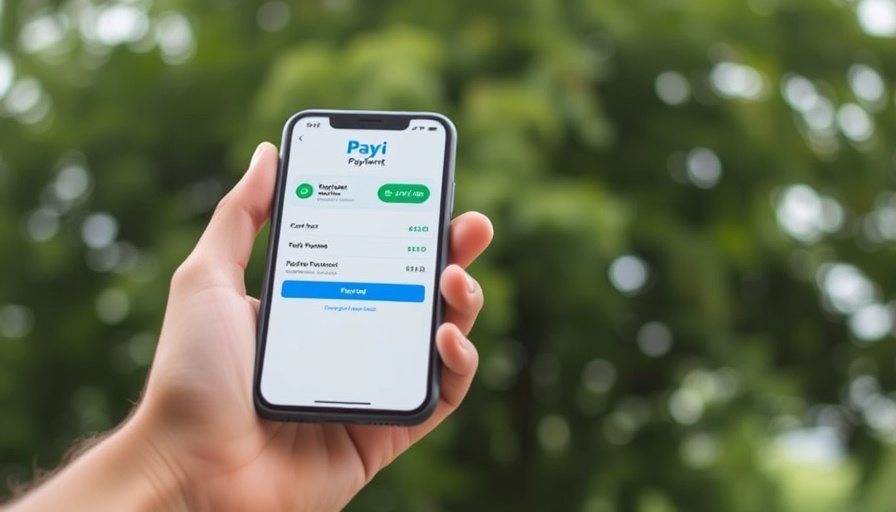
The Decline of M-PESA: A Shift in Kenya's Mobile Money Landscape
In a remarkable turn of events, Safaricom's M-PESA has seen its market share decline for six consecutive quarters, dropping from an impressive 97% in Q4 2023 to a mere 90.8% in Q1 2025. This trend underscores the rapidly changing dynamics in Kenya's mobile money sector, where growing competitors like Airtel Money are making significant inroads.
Understanding the Market Shift
The latest data from the Communications Authority of Kenya reveals that Airtel Money's market share has risen to 9.1%, up from 8.9% in the previous quarter and a staggering increase from just 2.9% two years prior. This explosive growth can be attributed to various strategic advantages. For instance, Airtel's fee refunds, lower transaction costs, and partnerships with supermarket chains like Naivas have enhanced their accessibility, drawing more users away from M-PESA.
The Innovation Behind Airtel's Growth
A key element of Airtel Money's success is its competitive pricing. To illustrate, sending KES 1,000 ($7.7) via Airtel costs KES 11 ($0.085), whereas M-PESA charges KES 13 ($0.1) for the same transaction. Such price differences are significant for consumers, especially in a price-sensitive market.
Interoperability: A Game-Changer
The introduction of mobile money interoperability in Kenya back in 2022 has been another critical factor in M-PESA's decline. This development allowed users to transact across different networks, diminishing the customer loyalty that Safaricom had historically enjoyed. Now, customers can easily switch between platforms like M-PESA and Airtel Money, making competition fiercer than ever.
The Role of Agent Accessibility
The number of mobile money agents also plays a crucial role. Recent data indicates that the total number of registered mobile money agents surged by 5.5% to 417,000. M-PESA still leads with over 299,000 outlets, but Airtel's focused strategy has started to pay off, giving them a significant presence in the industry.
Future Prospects for M-PESA and Airtel Money
Despite losing ground, M-PESA continues to handle over 30 billion transactions annually, amounting to over KES 38.29 trillion ($296 billion). It still serves more than 34 million users. However, the momentum appears to be shifting as both the Central Bank of Kenya and the introduction of new payment infrastructures like the Fast Payment System (FPS) may further level the playing field. These developments could empower consumers with even more choices and possibly lead to new players entering the mobile money space.
Looking Ahead: Trends Worth Watching
Moving forward, the competitive landscape is likely to intensify as both M-PESA and Airtel Money continue to innovate and adapt to consumer needs. Future implementations, such as agent-level interoperability, would allow users to access services at regardless of provider, making switching providers a much easier decision. This evolution highlights the importance for both Safaricom and Airtel to stay ahead of trends and consumer preferences.
A Call to Engage in Mobile Money
As Kenya continues to innovate within its mobile money sector, consumers stand to benefit significantly from increased competition, better services, and lower costs. It is an exciting time to engage with the evolving landscape of mobile money in Kenya.
 Add Row
Add Row  Add
Add 




Write A Comment